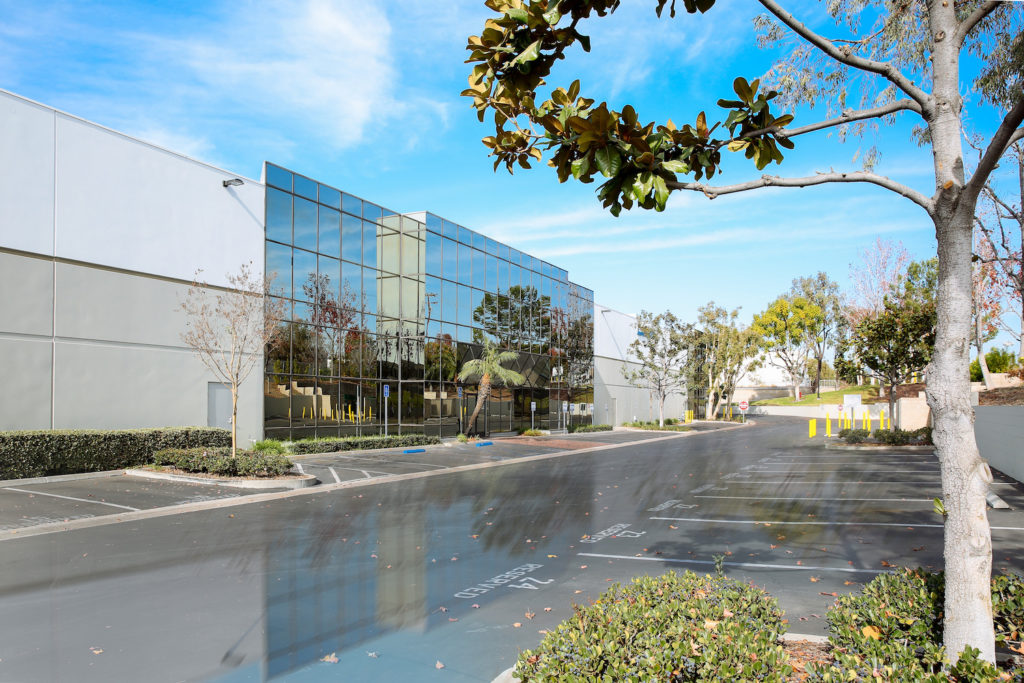An anecdote illustrating the importance of paying proper attention to the details before a commitment is made.
As the old saying goes; the devil is in the details. Recently, we ran into an issue during lease negotiations on behalf of a client that prompted us to share some thoughts on the importance of paying proper attention to a variety of issues before a commitment is made.
In this case, the issue related to the denial by the city to issue a business license necessary to occupy the premises in accordance with applicable zoning regulations.
Though we informed our client that it was his responsibility to obtain the license early in the relocation process, we were careful to confirm that the license was in hand before we presented him with a lease to sign.
As it turned out, this important step was overlooked, and the license application was subsequently denied by the city. The bad news is that our client had to abandon the transaction and resume his search for space. The good news is that he is not stuck in a lease for a building he cannot legally occupy.

This got us thinking about the long list of other issues related to leasing space that can be problematic and expensive. So, this will be the first in a series of posts on the ins and outs of negotiating leases that clearly and accurately define the intent of all parties.
Without a doubt, the process of securing a lease on an industrial building can be complex, frustrating and expensive. That is especially true today given the constraints on supply which have given landlords a firm upper hand in lease negotiations that go well beyond the simple metrics of how much and for how long.
The standard American Industrial Real Estate Association (AIR) net lease, widely used in Southern California, is 17 pages of fine print that memorializes an agreement on 51 separate issues. And, that is short compared to other lease documents used by institutional property owners that control more than a third of the region’s industrial space. In fact, some leases can run longer than 50 pages, covering issues that can make your eyes roll back in your head and wonder why anyone would ever choose to be a real estate attorney. Fortunately for all of us, there are some good ones out there who really know their stuff and can help the parties memorialize agreements that are on firm legal ground.

To varying degree, any single component to a lease can limit the utilization your space as intended, increase your legal risk or saddle you with unexpected expenses or be disruptive to your business.
All 51 issues covered in the AIR lease are there for good reason, and every single one of them must be fully understood, taken seriously and negotiated with your unique circumstances in mind. Though, we try not to make a habit of tooting our own horn, we have completed over 4,000 transactions and can say with some level of confidence, that we’ve pretty much seen it all and, as a result, do a good job of guiding our clients through the issues, taking care to bring in experts from other fields when appropriate.
Put another way, just finding you your next space is a small part of the overall service we provide. So, let’s take a good hard look at what you will be facing when you sign your next lease. We will start with the issue that prompted this post:
Obtaining A Business License

As the owner of your business, you are the one who can best describe the nature of your use, the processes you engage in and the materials you use in the making your product or the delivery of your service. That is why all industrial leases make clear the fact that it is the tenant’s responsibility to obtain all necessary approvals from governmental agencies with jurisdiction over the subject property. The evidence of those approvals is a business license or a certificate of occupancy depending on what city the property is in.
Every property has designated zoning and every city has different zoning regulations. Usually, any particular industrial use falls into three categories; allowed use, allowed use subject to a Conditional Use Permit (CUP) and disallowed use.
If your use is an allowed use, the process is generally a matter of a written application and the payment of a fee. But, every city is different and care should be taken to allow enough time to jump through the necessary hoops, as many landlords will insist on written evidence of a business license before handing over the keys to their buildings.

If a CUP is required, it’s a whole different story. This process is more complex and time consuming. It involves a thorough review by multiple departments within the city and approval by the Planning Commission. It often involves the notification of nearby tenants or residents of your intended use who then have a period in which to object to your application. The entire process can take up to four or five months depending on the city. This is problematic in times of tight supply as we are currently experiencing. Landlords are not inclined to hold a building off the market long enough for a prospective tenant to go through the CUP process.
Disallowed uses are not worth pursuing approval for, as they are probably inconsistent with a city’s General Plan, which is a very political process that was years in the making.
We always recommend that use determination be done prior to even looking at prospective properties. You need to decide first what cities you would move to for the right property and spend some time at each planning department to determine what zoning you need to be an allowable use.

This will save you and everyone involved in the relocation process valuable time and will put you at a competitive advantage if you are one of several tenants pursuing the same space, which is likely in today’s market. In the case that prompted this post, the tenant waited until the lease was out for signature and the entire search process had to be restarted. But, things could have been worse. Had the tenant signed the lease without pursuing his business license, he would have been on the hook for the lease with only himself to hold responsible.
Sometimes there is just no substitute for planning ahead. More leasing tips coming up in our next post.


Leave a Reply
You must be logged in to post a comment.